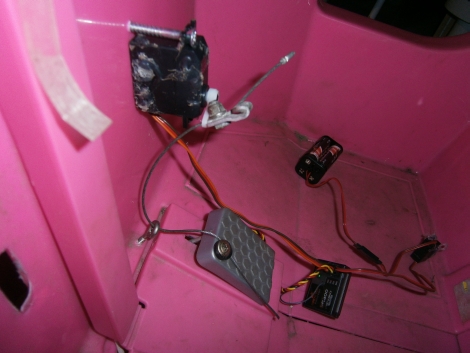Most useless machine

We love ’em, and we hope you do too. Here’s [Phase2plus’] take on the most useless machine.
Scratching like it’s 1989

[Nick] spent three bucks at the thrift store and ended up buying days worth of fun with this cassette player. He hacked it to scratch like vinyl.
3D printed jawbone

This lady now has her own 3D-printed jawbone. We’re not talking about the Bluetooth headset… it’s an actual bone replacement! And yes, the skeleton for the Terminator was 3D printed… we’re that much closer now. [Thanks Steve]
Hexbug superbowl

Why not let robots decide our sports gambling choices? [Eric] let this slew of HexBugs battle it out as an early indicator for who would win the Super Bowl. Seems he has no shortage of the little toys, all of which received an MSP430 upgrade. The firmware actually implements obstacle avoidance, but he makes a poke at the Chicago Bears who seem to have the same mission.
Foil fix for worn out remotes

[Viktor] found an interesting repair tip. If you’ve got remote controlers whose buttons are not working so well anymore you may be able to fix them with tin foil. He uses a single-hole punch to clip out circles which are attached to the underside of the misbehaving button. Worth a try!




















